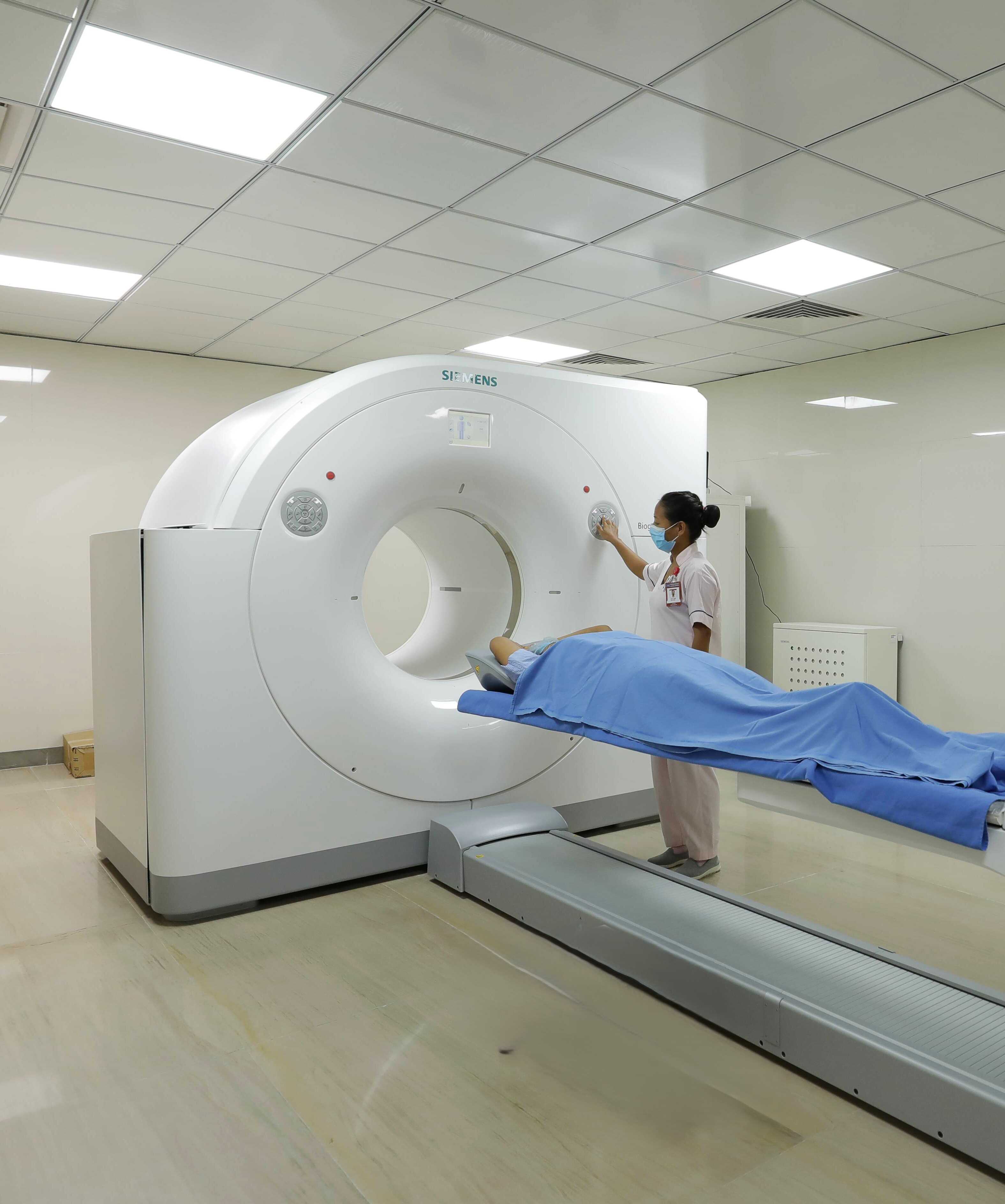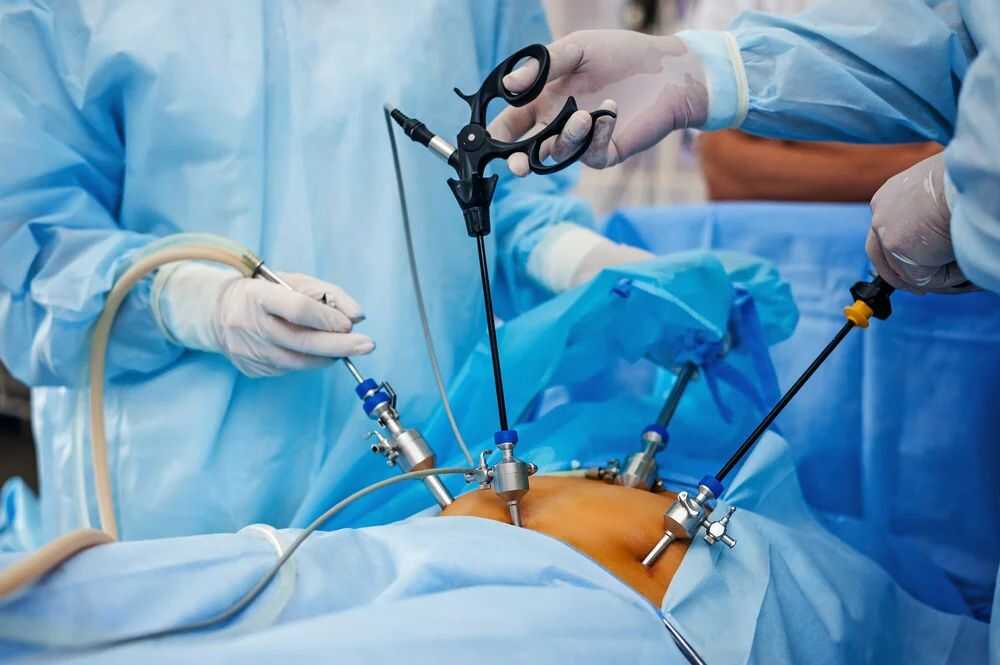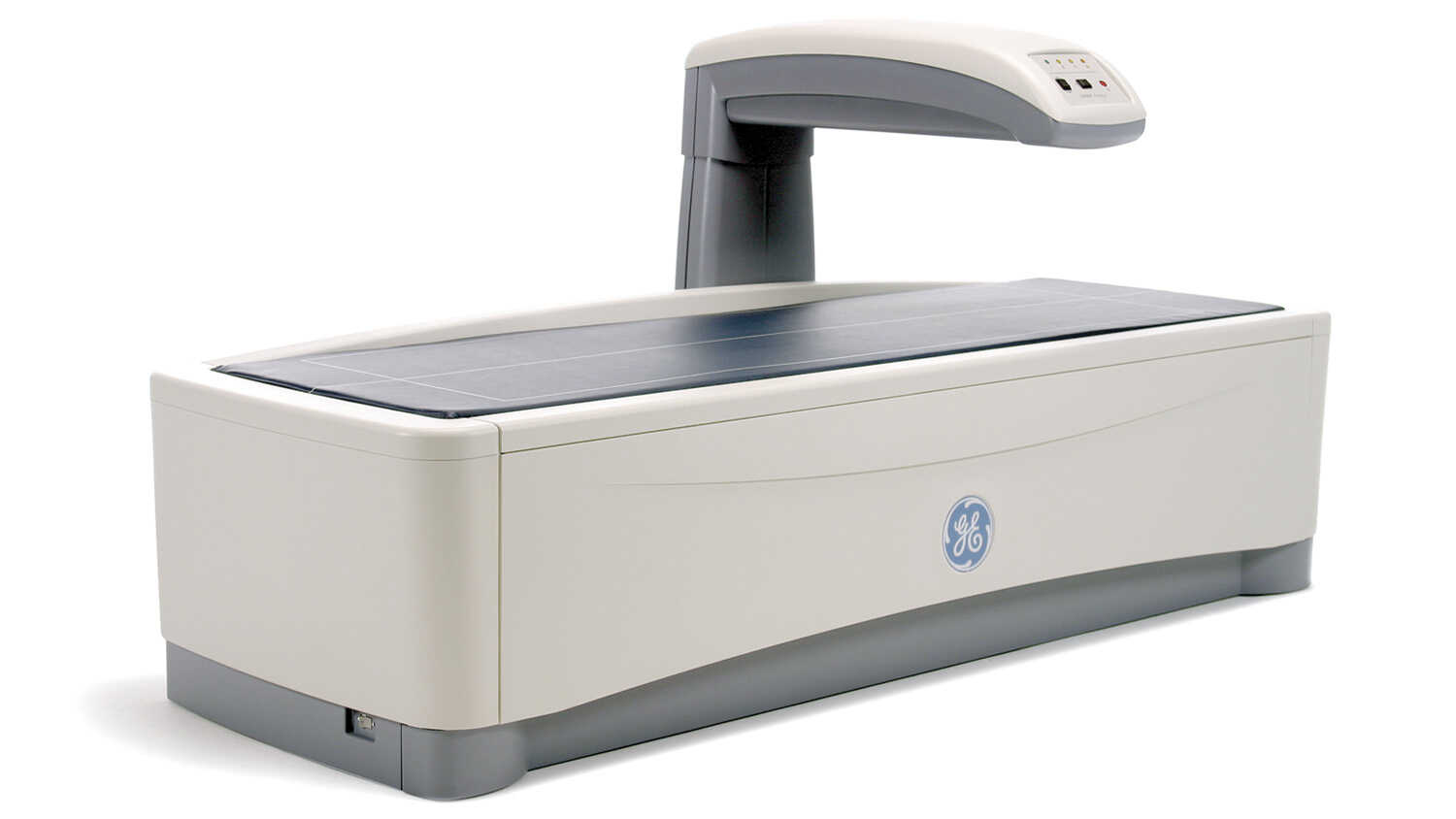A PET-CT scan (Positron Emission Tomography–Computed Tomography) is an advanced imaging technique that merges two powerful technologies—PET, which reveals how your body’s cells and tissues are functioning by capturing metabolic activity, and CT, which provides detailed anatomical images of organs, bones, and tissues. During the procedure, a small amount of radioactive tracer (usually a form of glucose called FDG) is injected into the body, and as cancer cells and other active tissues absorb more of this tracer, the scanner detects these areas of high activity; the combined PET-CT images then allow doctors to accurately identify the location, size, and behavior of diseases, aiding in precise diagnosis, treatment planning, and monitoring of various conditions.








